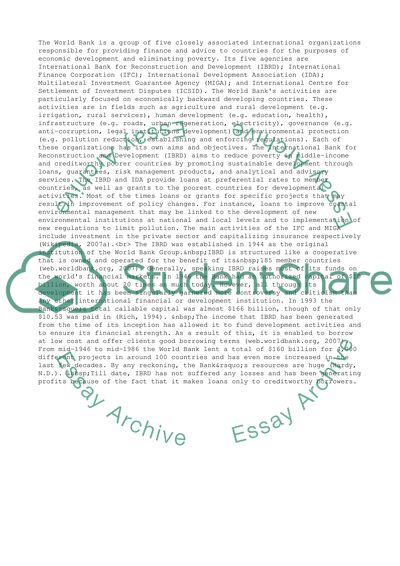Cite this document
(“Evolution of the World Bank Case Study Example | Topics and Well Written Essays - 2500 words”, n.d.)
Evolution of the World Bank Case Study Example | Topics and Well Written Essays - 2500 words. Retrieved from https://studentshare.org/business/1500797-evolution-of-the-world-bank
Evolution of the World Bank Case Study Example | Topics and Well Written Essays - 2500 words. Retrieved from https://studentshare.org/business/1500797-evolution-of-the-world-bank
(Evolution of the World Bank Case Study Example | Topics and Well Written Essays - 2500 Words)
Evolution of the World Bank Case Study Example | Topics and Well Written Essays - 2500 Words. https://studentshare.org/business/1500797-evolution-of-the-world-bank.
Evolution of the World Bank Case Study Example | Topics and Well Written Essays - 2500 Words. https://studentshare.org/business/1500797-evolution-of-the-world-bank.
“Evolution of the World Bank Case Study Example | Topics and Well Written Essays - 2500 Words”, n.d. https://studentshare.org/business/1500797-evolution-of-the-world-bank.


